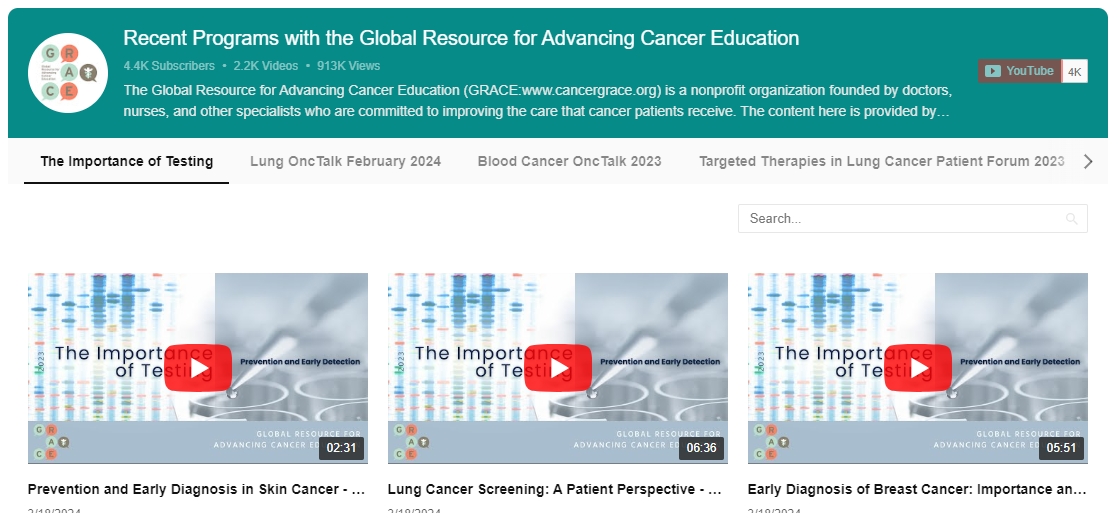Article and Video CATEGORIES

Dr. West reviews basic principles of treating locally advanced lung cancer, including the need to treat both local disease and possible distant disease, and the need to balance efficacy with toxicity.
[powerpress]
[ratingwidget post_id=0]
Please feel free to offer comments and raise questions in our Discussion Forums.
Transcript
About a third of the patients who are diagnosed with lung cancer that is non-small cell lung cancer, the most common type, present with stage 3, or locally advanced disease, and this is defined by an extent of tumor that is beyond what can be surgically removed, and/or lymph node involvement that is extensive enough that it is not felt at all likely that surgery, as the primary modality, at least likely on its own, will be enough to be curative. However, if patients don’t have distant disease — don’t have evidence of disease that has spread to common areas like the bones, the other parts of the lungs, the brain, the liver, etc., it is often possible to treat with curative intent. It can be challenging, and it almost always requires a multi-modality approach; that means that we need to give two, or sometimes three different main strategies of fighting the cancer. Those leading strategies are systemic treatment, such as chemotherapy, local therapy, such as radiation, or the local therapy of surgery — cutting it out. And, for many patients with stage 3, or locally advanced lung cancer, we need to combine multiple different modalities. This almost always involves a systemic therapy, like chemotherapy, with radiation and/or surgery.

So, the idea is that there are two main threats; the local threat posed by a tumor that’s growing aggressively in the chest, and a distant threat posed by disease that could be escaping in the bloodstream to other parts of the body, and that is reflected primarily by the nodal disease — the lymph node’s involved. So, we worry more about whole body threat of disease when there are multiple lymph nodes involved in several stations in the middle of the chest. On the other hand, we might be much more concerned about local control if the lymph nodes are not as much of an issue, but the cancer is growing quite invasive and larger. But, we will almost always want to combine a systemic therapy with a local therapy, and sometimes give even two local therapies, like giving chemotherapy and radiation, followed by surgery. It’s certainly an aggressive approach.

This is the second issue to really cover here, and that is that local therapy, combined with systemic therapy, is the most aggressive approach that we can offer, but it really involves threading a needle — trying to balance between the maximum efficacy we can deliver against the cancer, but having it be tolerable enough for a patient to get through it safely, without too much of a threat to their survival, or long-term side effects from the treatment. But this is really pushing against the limit, pushing into the red zone for patients, for getting through all of it.
What we typically will give is concurrent chemo and radiation and, that way, by giving chemotherapy with the radiation, it helps the radiation be more effective where it’s directed, and the chemotherapy can also work in other parts of the body. But by doing that, it’s a more challenging approach, and some patients, perhaps as many as 5% or 6%, even in well done clinical trials, patients being watched carefully, can have life-threatening complications. So, it really involves attentive care for patients, and close follow up. But this is the best way of achieving long-term survival for patients with locally advanced, non-small cell lung cancer, provided they’re well enough to tolerate it.
Please feel free to offer comments and raise questions in our
discussion forums.
Forum Discussions
I wanted to share this post with others in your same situation. This post from Dr. West is the same one I shared in our PM and can hopefully reasure you...
Hi and welcome to Grace. Wow, I don't know why you can't get in to see your doc but I'd find a way or find another doc who can walk you...
Hi Amber, Welcome to Grace. I'm so sorry you're going through this scare. It could be a recurrence. It also is as likely to be the contrast creating a better view. ...
Hi Blaze,
As much as I hate to say it, Welcome back Blaze. It sounds like you're otherwise feeling good and enjoying life which is a wonderful place to be. ...
Waiting for my appointment with oncologist this morning. Thank you for the response. It helps. <3






Hello and welcome to Grace. I'm sorry you're worrying about this but it probably isn't cancer.
From Adenocarcinoma of the lung: from BAC to the future, "GGNs with diameter...